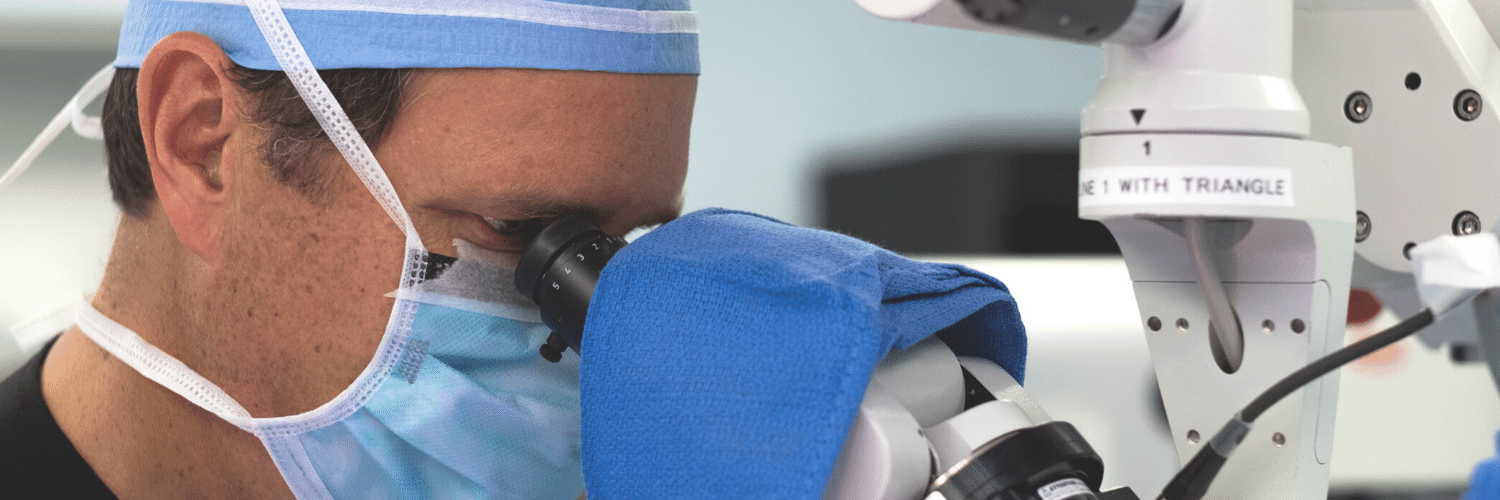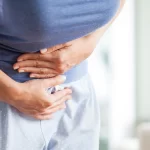
- 0 Comments
- PRMA Plastic Surgery
After a mastectomy, many women seek breast reconstruction options that feel natural, last long-term, and restore more than just appearance. Perforator flap reconstruction offers exactly that—using a woman’s own tissue to rebuild the breast without implants or muscle sacrifice.
These advanced microsurgical procedures, including the DIEP, SIEA, PAP, and GAP flaps, are performed at PRMA by two expert microsurgeons to maximize safety and aesthetic results. For patients who want to avoid implants, correct complications, or regain sensation, PRMA’s innovations like TruSense® and High Def DIEP® provide life-changing outcomes.
What is Perforator Flap Breast Reconstruction?
Skin, fatty tissue, and tiny blood vessels, otherwise known as perforators, supply nutrients to tissue taken from the patient’s abdomen (SIEA flap and DIEP flap procedures) and buttocks (GAP flap) for breast reconstruction. This tissue is then transplanted to the patient’s chest and connected to perforators using microsurgery, a procedure known as perforator flap breast reconstruction.
Unlike conventional tissue reconstruction techniques (like the TRAM flap), perforator flap breast reconstruction carefully preserves the patient’s underlying musculature. By doing so, the patient experiences less postoperative discomfort, making the recovery easier and shorter, and also enabling the patient to maintain muscle strength long-term. This attribute is particularly important for active women.
Benefits of Microsurgical Flap Reconstruction vs. Traditional Techniques
Unlike traditional reconstruction methods that rely on implants or sacrifice muscle, microsurgical perforator flap reconstruction leverages skin, fatty tissue, and tiny blood vessels, resulting in a more natural look and feel, fewer long-term complications, and greater body harmony.
Benefits of perforator flap breast reconstruction include:
- Uses your own tissue for a more natural result
- Preserves muscle, supporting quicker recovery and better strength long-term
- No risk of implant-related complications (like rupture or capsular contracture)
- Long-lasting and is often a one-time procedure
- Ideal for correcting or replacing failed implant reconstructions
Types of Perforator Flap Techniques
There are several types of perforator flap techniques, each named for the specific blood vessels and donor area used. While they all aim to create a natural breast using your own tissue, the best option depends on your anatomy, medical history, and personal goals.
DIEP Flap Breast Reconstruction
The DIEP flap (Deep Inferior Epigastric Perforator) uses skin and fat from the lower abdomen—similar to a tummy tuck—while preserving abdominal muscles. It’s the most common natural tissue option and often ideal for patients with enough lower belly tissue.
SIEA Flap Breast Reconstruction
The SIEA flap (Superficial Inferior Epigastric Artery) also uses lower abdominal tissue but relies on more superficial vessels, avoiding even deeper dissection. It’s a great alternative for select patients with suitable anatomy, though less commonly used than DIEP.
GAP Flap Breast Reconstruction
The GAP flap (Gluteal Artery Perforator) uses tissue from the buttocks when the abdomen isn’t an option. It provides a soft, natural result without affecting muscle but requires precise microsurgical skill due to more challenging anatomy.
PAP Flap Breast Reconstruction
The PAP flap (Profunda Artery Perforator) takes skin and fat from the upper inner thigh. It’s a great choice for patients who lack sufficient abdominal tissue or prefer a different donor site, and it often creates a hidden scar along the thigh crease.
Perforator Flap Breast Reconstruction Comparison Chart
| Flap Type | Tissue Source | Best For | Key Benefits | Considerations |
| DIEP Flap | Lower abdomen | Most patients with adequate abdominal tissue | Natural breast feel; tummy tuck effect | Longer surgery; requires microsurgical expertise |
| SIEA Flap | Lower abdomen (superficial vessels) | Patients with superficial abdominal vessels | Less invasive than DIEP; minimal muscle disruption | Not all patients have suitable vessels |
| GAP Flap | Buttocks | Patients without enough abdominal tissue | Uses alternate donor site; suitable for thin patients | Uses alternate donor site; suitable for thin patients |
| PAP Flap | Upper Inner Thigh | Lean patients or those with prior abdominal surgeries | Concealed scar; good for slim patients | Smaller volume flap; may need fat grafting |
Choosing What’s Right for You
Every woman’s body and journey are unique—and so are her reconstruction options. Whether you’re exploring your choices after a new diagnosis or considering an implant-to-flap revision, a microsurgical breast reconstruction can offer a natural, lasting solution.
At PRMA, we’re here to help you make the most informed, empowered decision possible. Contact us today to schedule a consultation and take the next step toward feeling whole again.

